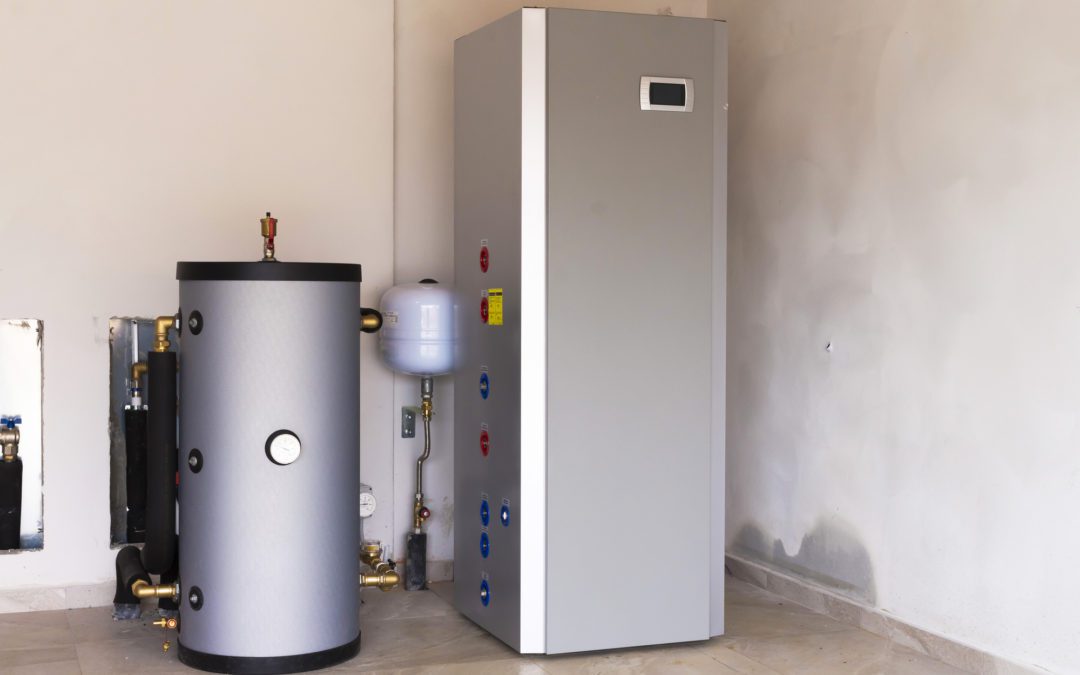Introduction to the Choice Between a Furnace and a Heat Pump
The purpose of both a furnace and a heat pump is to heat a building, whether a house or a large office building. Although the method of operation is different, the ultimate effect is the warming of the air within a room, so choosing between a furnace or a heat pump can sometimes be difficult.
What is a Furnace
A furnace works on the principle of a central heating unit generating hot air, water, or steam pumped through pipes. The process of dissipation then transfers the heat throughout the room. The more common system works by directly heating the air and distributing it via ducts and fans.
Sources of fuel for a furnace can include ordinary waste paper, natural gas, LP gas, coal or electricity. Where available, geothermal heating is popular because it is essentially free. Most furnaces in the US use piped natural gas or electricity for generating the heat source.
There are various designs of furnaces. Since the late nineteenth century, the overall fuel efficiency of furnaces has been improved to nearly 98% in the case of condensing furnaces. This furnace works by cooling the exhaust gases down to their point of condensation by using it as a secondary heat source.
The installation of a modern high-efficiency furnace includes separate ducts for the outflow of warm air and the inflow of cool air. By using fans distributed throughout both duct systems, the layout can be more complex and is not limited by the natural flow of gases at different temperatures.
What is a Heat Pump
A heat pump is a mechanical system that employs the refrigeration cycle to transfer energy from a source to a destination. The law of thermodynamics states that warm air does not naturally flow towards cool air. A heat pump provides the necessary action to make the flow and exchange possible.
Possibly the easiest way to explain the operation of a heat pump used for home heating is by using its other common application: the refrigerator. It is noticeable that while the inside of the refrigerator is considerable cooler than the ambient room temperature, astute owners will have noticed that the area around the compressor and such functional parts of the refrigerator are quite warm. This is because the inside of the fridge is cooled by extracted heat from it and then discarding this heat around the mechanical parts as waste.
Functional air-based systems can extract heat energy from the outside air down to a temperature of 5°F (-15°C). Using a heat pump to heat a room works similarly; only the system extracts heat energy from the outside and releases it into the room. Other sources, such as bodies of water and geothermal heating, are possible sources of energy. The system requires, however, also electricity for the operation of the pumps and condensers.
The heat generated can directly be transferred to the air in the room through diffusion or heat water for distribution through a system of pipes and radiators.
Differences in Maintenance
Regular maintenance is always necessary. A furnace requires routine inspection and cleaning of the burner unit and the exhaust system for efficiency, safety and government regulatory requirements. Inspection for leaks is critical. Regular cleaning of all the distribution ducts and fans must be carried out. For a unit that is not using electricity or piped gas, ensuring sufficient fuel reserves is necessary.
A heat pump generally requires less maintenance than a furnace, but the essentials include regular cleaning of the mechanical parts and fans to prevent dust buildup. In cold environments, you should take care to avoid the formation of ice on the cooling unit.
Environmental Impact and Concerns
Neither a furnace nor a heat pump is without environmental concerns, which you should consider based on personal preference and legislative controls. The main issue with furnaces comes from the material used as the heat source, which usually implies being burned and thereby releasing carbon dioxide and carbon monoxide and other gases into the atmosphere. On the other end, the refrigeration gas used by heat pumps is usually a type of fluorocarbon that acts as a greenhouse gas and might have a detrimental effect on the ozone layer around the planet. Newer chemicals are being tested for both efficiency and environmental impact.
Suggestions and Conclusions
A furnace and a heat pump each have their benefits to take into consideration. If the objective is to heat the whole house or building, then a furnace would be the proper choice in terms of overall efficiency. On the other hand, when only a room or three requires heating, a heat pump might be more cost-effective, especially since most good systems can also be used “in reverse” for cooling purposes during the hot summer months.
It is advisable to contact and consult a reputable HVAC installer and discuss the options available between a furnace or a heat pump based on your unique requirements, available energy sources and government incentives.

